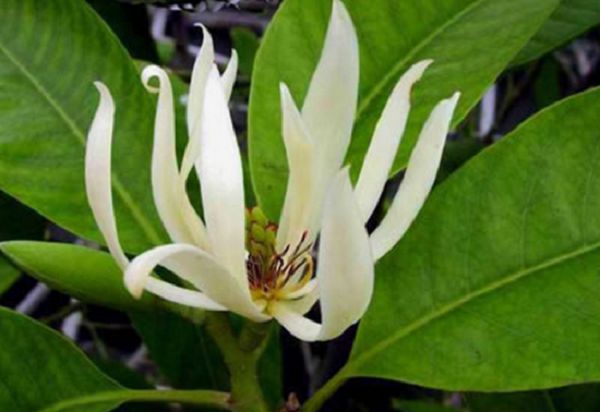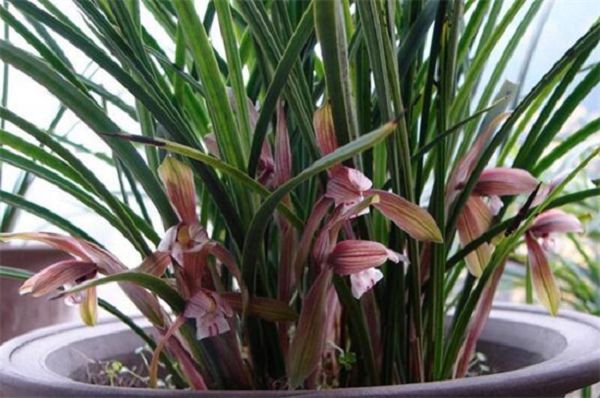How to raise white orchids, apply thin fertilizer frequently, never fertilize too thick

White orchids generally bloom in summer and autumn, with a long flowering period, white and fragrant flowers and thick green leaves, which is the heart of many flower lovers. White orchid fertilizer to achieve frequent application of thin fertilizer, too much fertilizer will bring harm to the plant.
Culture methods of White Orchid
1. Lighting conditions
Like the light, so every year in March and April need to move the white orchid to a sunny place outside, every day to ensure that the sunshine is often more than 6 hours. The temperature is high and the sun is strong in summer, so you should put it in the shade or avoid it at noon or in the afternoon, so as not to burn the branches and leaves due to sun exposure.
2. Watering the right amount
White orchids should not be watered too often or too much. In general, watering needs to wet the soil thoroughly at one time, and there is no need to water the soil when the soil is slightly dry. It is best not to water every day, but you can properly spray water on the leaves to maintain moisture and remove dust from the leaves at the same time. It needs to be watered 3 or 4 times a month in summer. Generally, the leaves of white orchids droop, which is the best time to water them.
3. Select soil
White orchids most like loose, fertile, breathable and humus-rich soil, which can not be planted in alkaline and clayey soil, otherwise they may stop growing or even die because they can not absorb nutrients. Some granular soils of different sizes can be added to the soil to facilitate water seepage and air permeability.
4. Fertilizer and water management
Every year in May, June or July or August is its growing season, at this time should be every half a month or so to apply flower fertilizer, can be irrigated with nitrogen, phosphorus and potassium compound fertilizer. When fertilizing, you should apply thin fertilizer frequently, too thick fertilizer will cause fertilizer damage and burn the roots of the plant.
5. Temperature management
White orchids are not hardy, except in some warmer areas, they must be maintained indoors in winter, and the lowest room temperature should be kept above 5 ℃. The room temperature should be maintained above 12 ℃ in the daytime and not less than 6 ℃ at night, otherwise it is vulnerable to low temperature erosion and slow down the growth rate.
6. Disease and pest control
A common disease and insect is the red wax scale, which absorbs the branch sap of flowers, and the excrement can also cause the plant to be infected with coal fouling disease, forming a layer of black mold on the leaves, turning the whole plant black and affecting flowering. Can be in winter or spring, combined with pruning to cut off the injured branches, at the same time in the place where the insects hatch with 1000 times of imidathion EC spray, three times in a row can be sprayed.
Related
- Is the orchid suitable for indoor use? Is it good for the body?
- How to prevent the empty root of orchids?
- What to do after the crab claw orchid is withered?
- Why are the leaves of orchids always yellow? Fertilizing and watering.
- Can the root of the gentleman orchid be saved if it is rotten?
- Diagnosis and treatment of cotton-blowing beetle insects in Cymbidium
- There is a way for a gentleman's orchid to rot.
- What is the most suitable temperature and humidity for the orchid?
- How to raise a gentleman's orchid? Cultivation techniques of Cymbidium
- How to prepare the nutritive soil for the cultivation of Cymbidium



